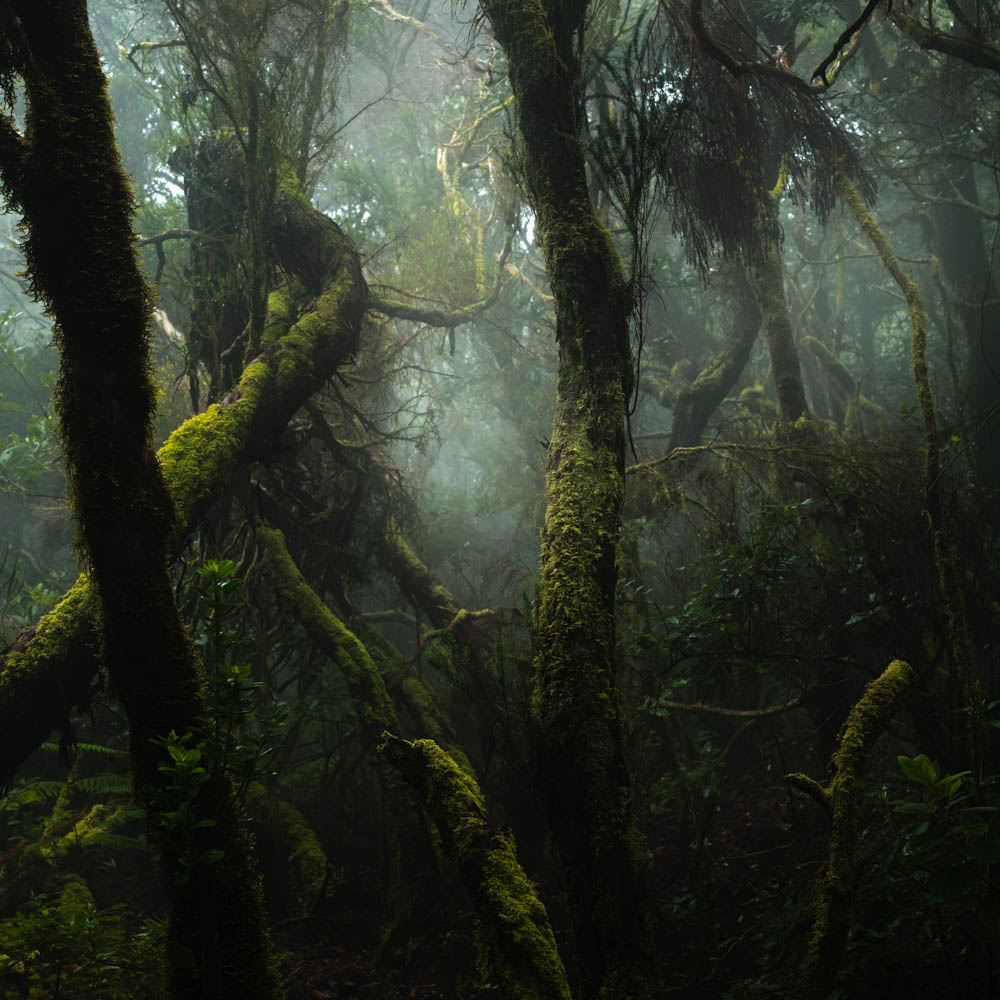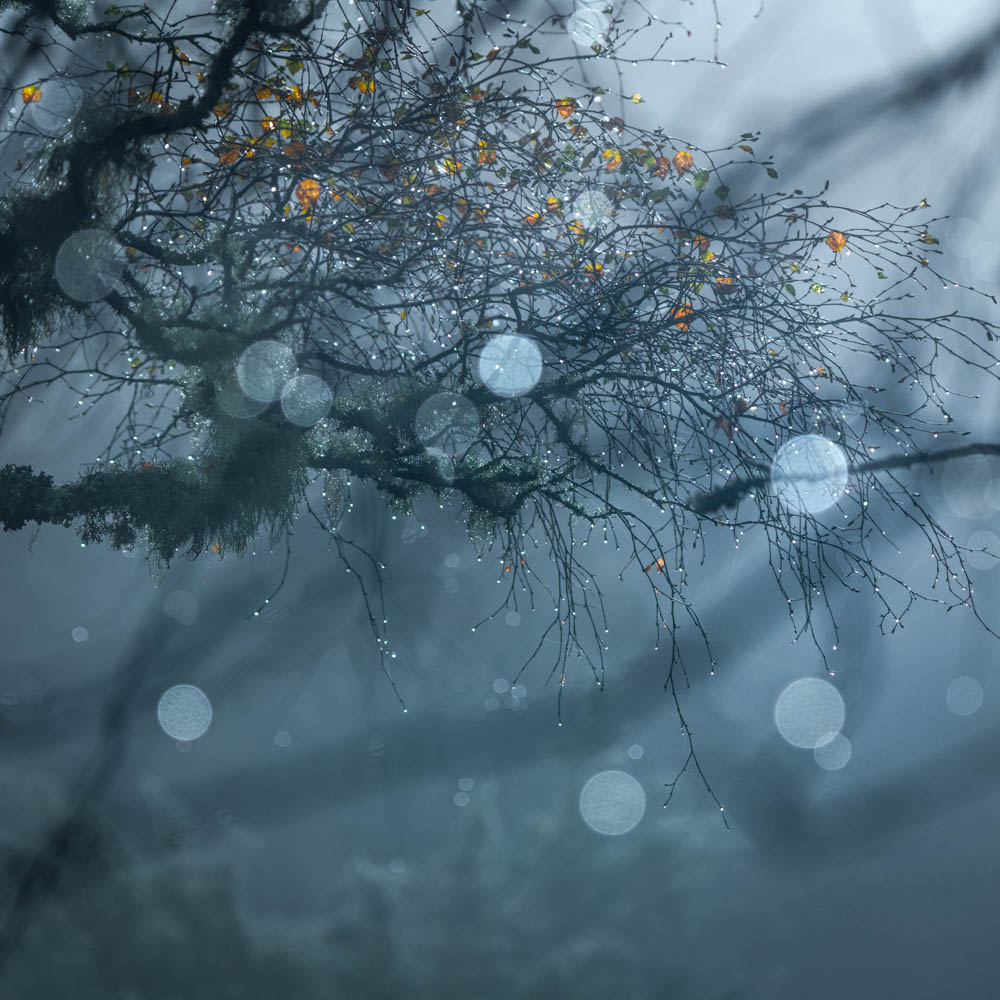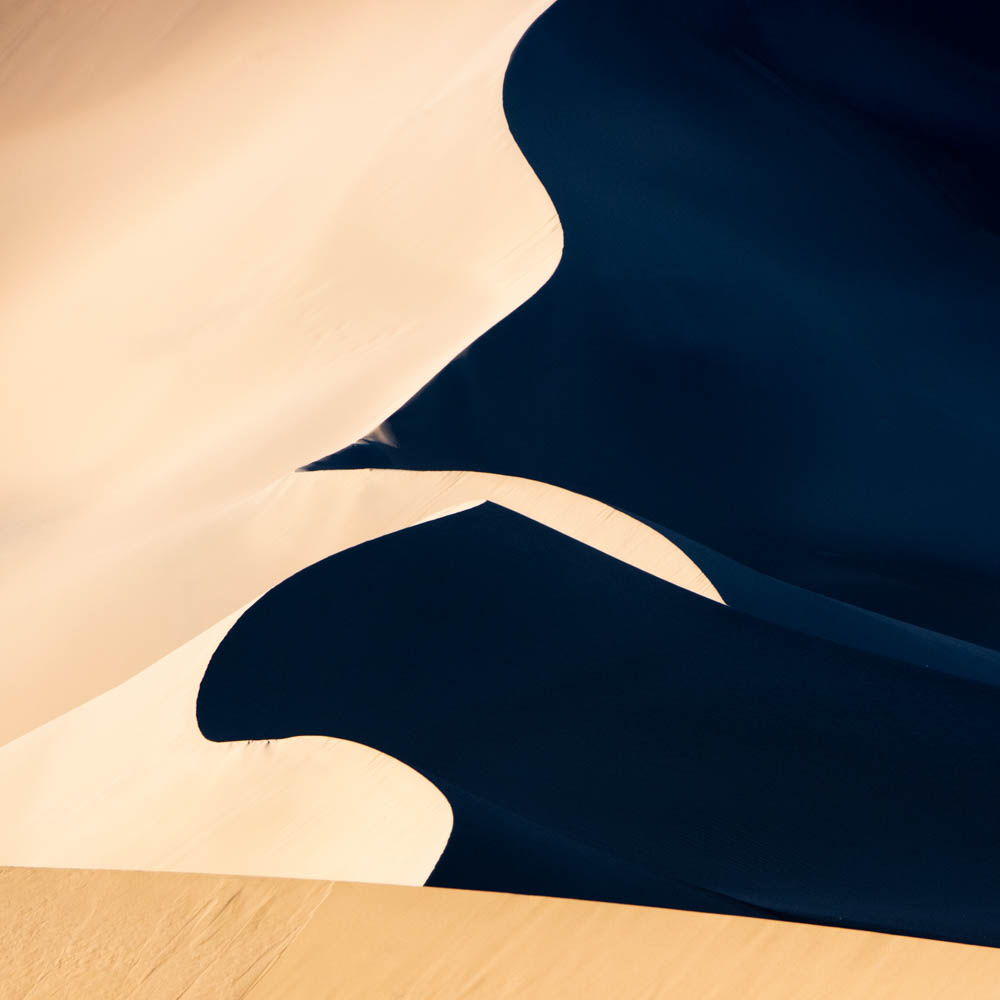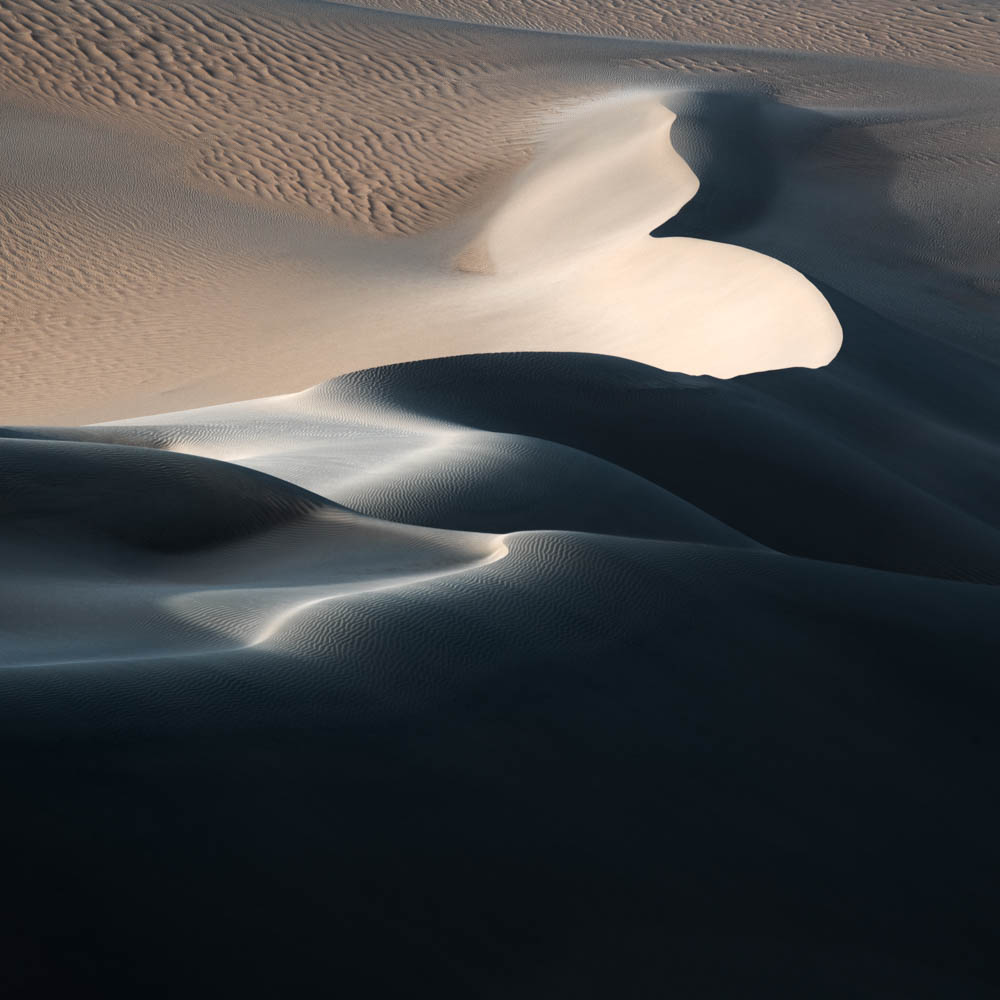Landscape Photography in 2020 – On the timeline of history
What does landscape photography mean to you?
How important is external validation, popularity and social media? We’re on a timeline stretching back a couple of hundred years and streaming into the future – and we’re driving.
I don’t know about you, but I take that responsibility seriously, the future of landscape photography is in our hands. As a full-time professional landscape photographer, my job is much more than spending all my time in the countryside making photographs, in fact, I’d say that is about 20% of it, with 80% of my time spent dealing with administration, making videos for the YouTube Channel, writing articles like this and conducting interviews and media. I treasure my time in the field, and try not to let the utility of images get in the way of my own personal growth and creative vision.
It is a fact that most people engaged with landscape photography do not make their living from it, and your relationship with the landscape and your work is free from that fiscal stress. Ethics, morality and integrity are important to me, and in this article I’d like to outline some of the areas that I feel landscape photography can benefit both us, and our planet.

1: Nature First:
I work closely with the Nature First Alliance to promote ethical and sustainable Landscape Photography. This means following closely to the 7 principles that they advocate. Don’t trash the place, don’t damage it, don’t dump garbage etc. It makes total sense, but is so often ignored just to get the shot. And for what? Some likes on Insta or a few thumbs up! That’s it really, there are people who use the landscape to boost their own egos and don’t care if they trample vegetation or destroy fragile geology.
As more of us head into the landscape to find peace and time to think and create, it adds a huge level of responsibility to preserve and conserve the very place we supposedly treasure. Think before you geotag your images, can the place sustain traffic, or will it get ruined. I’ve seen this too many times, and it is truly depressing.
2: Examine your motives:
As you’d expect, everything regarding art is connected, and why we do something has to be top of the list of questions we should be asking ourselves. On my YouTube channel I often express regret at some of my own motives early on in my own development. I started as a bird photographer, and it was a genuine love for them that prompted me to spend a bunch of money on long lenses and specialized gear. The pleasure of studying and preparing to be in the right place at the right time, was hugely satisfying, and to come away with a few good shots that were exposed and focussed on a bird that was doing something interesting, was a huge reward.
But as some stage when I began posting on forums etc, my motivation changed, and it did become about popularity and a sense of competition. I didn’t just want to get great shots, I wanted to be seen to get great shots.
As landscape photography took over and I started my transition into a full time photography career, that sense of goal driven, competitive marketing was dominant. I wanted to get better and become an innovator.
Now, my mother brought me up well, so I never damaged the environment or landscape to get a shot, but I certainly put the image before the experience.
I’m never going to tell anyone why they should be making photographs, any more than I would assume to tell anyone what to point their camera at. This is your question – why am I doing this, what am I trying to achieve? In the end, we can only lie to ourselves, nobody else really cares.

3: The acceptance conundrum:
When I talk about the historical timeline, it is a fluid, ever-changing thing. Since the invention of photography and all its technological development, one thing has stayed the same: We point cameras at stuff and record a moment in time. Our perspectives and perceptions are essentially unique, though we seem to do well at ignoring those to strive instead for external validation more often than choosing to please ourselves.
This leads to herd syndrome, where we dare not break the mould for fear of being ostracized and shunned. This deep rooted psychological condition of needing acceptance can become our driving “creative” force. I’ve put the word in quotation marks for irony, because we strive for creativity by copying what everyone else does.
Creativity cannot be found in presets, rules, tripod marks or by following someone else’s repetitive method. Society makes us conform in so many ways, and I understand why, but the arts are about freedom of speech, openness of expression and being true to ourselves. If you want to be you, be you, not some clone of a popular social media performer. They’re already doing it, you’re only ever going to follow in their footsteps and confuse that with having a unique voice.

4: Managing Expectations:
It should be clear that there are two paths; one where you are being you, truly you, and another where you are trying to conform to some external societal standard. Whichever path you choose to walk is up to you; yet again, I have no wish to judge, or mandate other people’s lives. All I want to say is that the one thing to be constantly aware of is the power of expectation; either self-imposed, or externally manifest.
Expectations are part of our psychology, they help shape our perspectives, perceptions and opinions. Our reaction to them builds us up, or grinds us down; in many ways, we are a product of our relationship with expectations.
Location expectations these days are clouded by the images we see. As more people flock to iconic locations, the trend of one-upmanship permeates and a strong sense of competitive expectation floods the arena. Flying across the world to be greeted by flat light and overcast skies is likely to raise the blood pressure of most people, and unless we step back from this hunter mentality, then many of our opportunities to exist in the landscape are scarred by over reaching. Remember, it is not the landscape that results in us leaving without the images we want, it is our own blinkered narrow-mindedness. There is no such thing as bad light, just a lack of acceptance and imagination.

Summary:
We have a gift at our fingertips. A tool to express ourselves, a vibrant landscape full of incredible variety and nuance, and the best tools ever available to make the most of it.
Yet still, it is the human condition that is the weakest link. Our own obsession with external validation, blind focus on the goal rather than the journey, rather than innate relationship right before our eyes, that only we can see.
You are you, you are unique, your voice is yours and valid – why use someone else’s?
Alister Benn is a landscape photographer, artist and educator, living with his partner Ann Kristin Lindaas on the remote west coast of Scotland.
Alister is mainly interested in how landscape photography becomes a metaphor for our personal development and accurately mirrors our strengths, weaknesses and expectations. We pack our baggage with us as we head for the field – he teaches how to reconnect with the joy of creativity without external judgement.
eBooks & Videos: https://expressive.photography
YouTube: https://www.youtube.com/c/expressivephotography
Portfolio: https://alisterbenn.com






